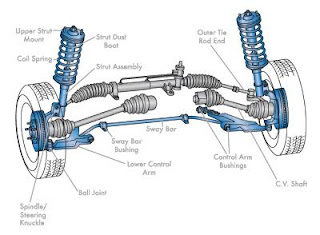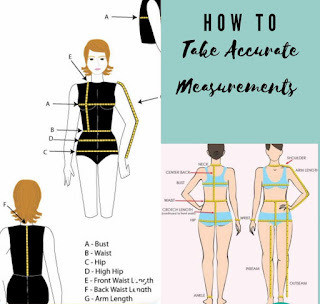AUTOCARE: AUTOMOBILE SUSPENSION SYSTEM
Imagine you driving or board a cab/bus and you enter into a bump or a pothole, and just didn't feel it, (like nothing happen) that is the work of a good suspension system, and just think otherwise, awwwww your guess is as good as mine. We will take a brief look into the suspension system in today's post
Suspension system: Suspension refers to the use of front and rear springs to
suspend a vehicle’s frame, body, engine & power train above
the wheels.
Functions of suspension system
The main functions of a suspension system are as follows:
1. To safeguard the occupants against road shocks and provide riding comfort.
2. To minimise the effects of stresses due to road
shocks on the mechanism of the motor vehicle and provide a cushioning effect.
3. To keep the body perfectly in level while travelling over rough uneven ground, i.e., the up and down movement of the wheels should be relative to the body.
4. To isolate the structure of the vehicle from shock loading and vibration due to irregularities of the road surface without impairing its stability.
5. To provide the requisite height to the body structure as well as to bear the torque and
braking reactions.
The components of a suspension system can be categorised as follows
Mechanical Suspension
(i) Leaf springs
(ii) Coil springs
(iii) Rubber springs
(iv) Torsion bars
Hydraulic Suspension
(i) Hydraulic shock absorber
(ii) Telescopic fork absorber
Air Suspension
Compressed air is used in an air suspension system.
Post by: Oriyomi Oluwadamilare Dolapo
Facebook: Oriyomi Oluwadamilare Dolapo
Instagram: oo_oluwadamilare
Twitter: oo_damilare
Join the Community
Instagram: https://instagram.com/thetellrhodescommunity
Facebook: The Tellrhodes Blog
WhatsApp: https://wa.me/2348071110893
Gmail: tellrhodes@gmail.com





Comments
Post a Comment